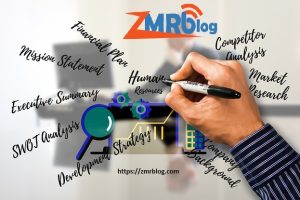Programmable robots are autonomous machines that carry out predefined activities on their own. There are a variety of options available, ranging from customised Arduino Wi-Fi robots to programmable military robots. Robots with Arduino microcontrollers or National Instruments cRIO controllers as brains.

The term “robot” refers to a class of automatic machines that are controlled by remote controls or pre-programmed programmes to execute specific duties. Automated robots with thinking capabilities and the ability to complete tasks on their own are known as programmable robots. Programmable robots are used to accomplish a variety of tasks, including entertainment, education, and other activities. Programmable robots, such as the Edison robot, aid in the understanding of all aspects of computer science, coding, electronics, and engineering by young children and teenagers.
A variety of applications, including cleaning homes and office assistants, are already being utilised by programmable robots. Others are being utilised in a variety of end-use sectors. These programmable robots are also regarded a valuable asset in the military industry, where they are used to find and eliminate armed bombs and other potentially harmful items.
Robots are a great tool for making STEM (Science, Technology, Engineering, and Mathematics) education more enjoyable for children. From remote control robot operation to Python programming to design problems, robots may help make STEM education more enjoyable for children. Programable robots provide children with an educational setting in which they can make meaningful connections between what they are learning and the real world. Approximately USD 11.5 billion is expected to be spent on domestic consumer robots by 2022, according to the International Federation of Robotics (IFR).
The usage of programmable robots in the education sector aids in the enhancement of competences in core areas such as science, technology, engineering, and mathematics, as well as the improvement of overall performance. Furthermore, Honda has been investing in research activities for programmable robots to aid in the development of next-generation mobility, such as ASIMO, walking assist devices, UNI-CUB, and other technologies, and has increased its investment in these areas.
According to predictions, the Global Programmable Robots Market will expand at a rapid pace in the following years. The increasing use of robots in research, military, and manufacturing industries, as well as in the educational sector, is driving the growth of the Programmable Robots Market in the United States. The ongoing research and development for technological innovation is projected to open up new prospects for the Programmable Robots Market in the coming years, according to industry analysts. The fact that programmable robots make it easier for students and researchers to comprehend the theories involved in the creation of robots is a major factor in the widespread use of programmable robots among students and researchers.


